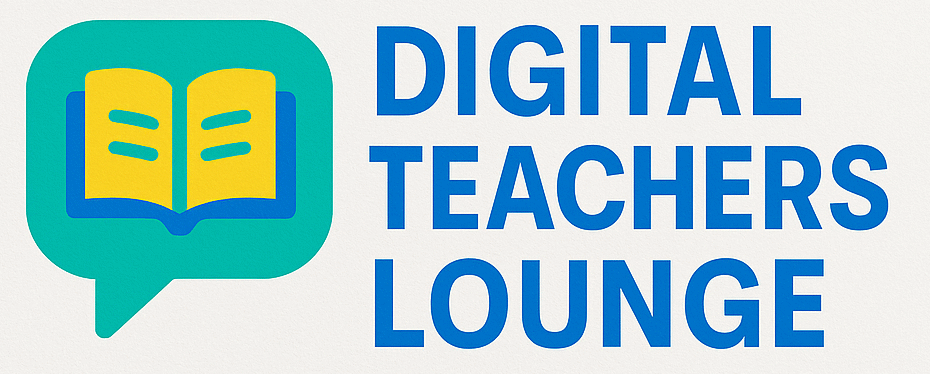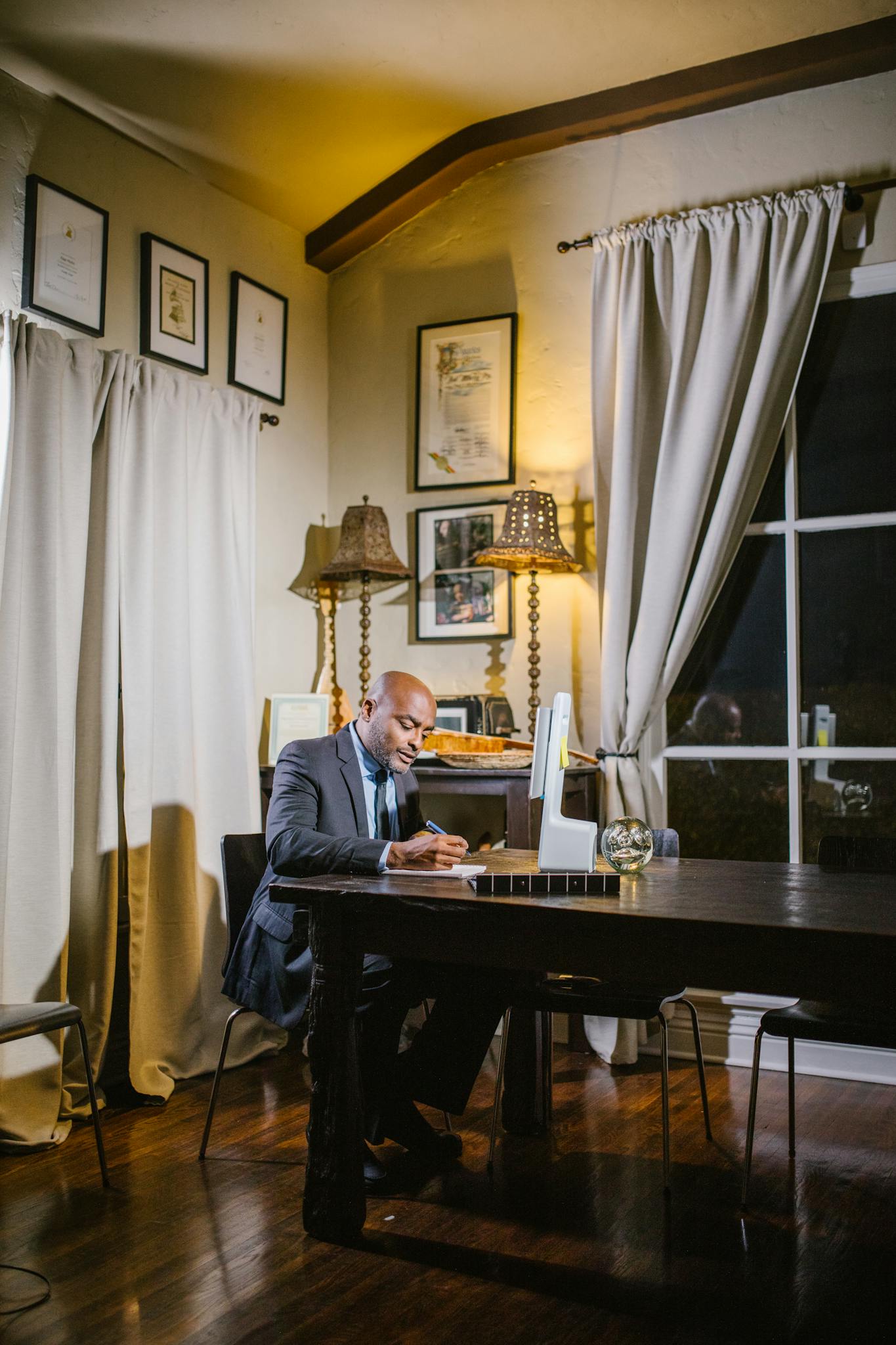Innovative Teaching in a Digital World: Rethinking Learning for the 21st Century
Introduction
If you walked into a clasrooom 50 years ago and compared it to one today in most parts of the world, you’d see the difference instantly- smartboards instead of chalkboards, laptops instead of textbooks etc.
But the real change is not the gadgets. It’s how teachers are rethinking learning itself.
Welcome to the world of teaching innovation, where creativity, curiosity, and collaboration drive learning.
Here teachers aren’t just delivering content; they’re designing experiences that make learning come alive.
Whether you teach online or in-person, this guide will help you embrace modern, digital-age teaching strategies that keep your students engaged, inspire, and future-ready

What Does Teaching Innovation Really Mean
Innovation isn’t about using the newest app or having the fastest Wi-Fi.
It’s about asking,” How can I make Learning more meaningful?”
Innovative teaching meanas
- Shifting from teacher -centered to studenet-centered learning.
- Using technology not as a replacement but as an amplifier,
- Encouraging problem-solving, creativity, and reflection.
- Creating classrooms where learners explore, question, and design solutions.
In short-Innovation begins with mindset, not machinery.
2. Why Innovation Matters in Today’s Classroom
Our students are growing up in a wowrlld where informatio is everywhere- but wisdom is rare.
They don’t need more notes; they need skills to think critically, collaborate, and adapt.
Here is what teaching innovation does:
Core Approaches to Innovative Teaching
Lets look at four proven frameworks that turn any classwork into a lab of creativity and discovery.
- Project-Based Learning (PBL)
In this framework, students learn by investigating and solving real-world roblems. For example, Instead of a student memorizing facts about pollution, students design a campaign to claen up their local river usinf Canva or Google Slide.
Tools that support PBL include;
- Googlsworkspace(Doc,Shhets,Slides for collabaration)
- Trello(Project management)
- Canva(Visual presentations)
- Padlet( sharing reflections and resources)
Each project should end with a student showcase-invite parents or peers to see the work online or in class.
2. Gamification in Education
It’s about applying game elements (points, challenges, levels, badges) to learning.
It works because, games trigger dopamine- the brain’s motivation chemical. Second, learning feels fun, not forced.
Tools that can be used include;
a) Kahoot!- For Competitive quizzes
b) Quizizz- for self-paced game quizzes
c) Blooket_ for playful learning advenetures
d) ClassDojo_ for Class Motivation System
Try create a learning quest-each topic completed unlocks a badge or reward.
3.Flipped Classroom
Students learn new content at home(via videos or readings), and use class time for practice, discussion, and creativity.
It’s benefits include;
- Class time becomes interactive
2. Students learn at their own pace
3. Teachers focus on guidance, not lectures
Tools to use include:
- Edpuzzle (add quizzes to videos)
- YouTube/Loom( record your lessons
- Google Classroom (Organizes assignments)
Keep your videos short (under 10minutes) and pair them with a reflection question.
4. Design Thinking in Education
A problem-solving approach that helps students innovate creatively.
5 steps:
Empathize- Define-Ideate-Prototype-Test
Students brainstorm solutions, to reduce school food waste, design prototypess in canva and resent using Google Slides.
Tools:
- Miro/Jamboard for brainstorming
- Canva for prototyping.
- Google forms for feedback
The 4Cs of 21st Century Learning
Every innovative classroom builds around these four skills
|
Skill |
Meaning |
How to Teach It |
|
Critical Thinking |
Analyzing, questioning, problem-solving |
Debates, Inquiry-based tasks |
|
Creativity |
Generating new ideas and solutions |
Digital storytelling, art intergration. |
|
Collaboration |
working well with others |
Group projects, peer feedback |
|
Communication |
Expressing ideas clearly |
Blogging, video reflections, and presentations |
Tools that Support Innovative Teaching
|
Purpose |
Tool |
Benefits |
|
Visual Design |
Canva |
Create visuals and posters |
|
Interactive Lessons |
Geniall/Nearpod |
Add quizze, games and videos |
|
Collaboration |
Google Docs/Padlet |
Group work in real time |
|
Reflections |
Flip/Wakelet |
Students reecord or curate ideas |
|
Assessment Tools |
Quizzizz/Socrative |
Fun instant feedbaack |
Innovation In Low-Tech Classrooms
Innovation doesn’t require a computer lab. if your school has limited resources, try this;
1.Use mobile phones for audio or photo projects.
2. Record lessons using your phone and share on Whatapp groups.
3. Use printed Canva templates for group activities.
Encourage creativity through storytelling, drama, or outdoor learning.
Innovation is about thinking differently, not having more devices.
Common Barriers to Innovation- And How to Overcome Them
- Fear of Failure- Start small; reflect often
- Limited devices-use rotations or pair-sharing
- lack of time-integrate one innovation per term.
- Resistance from peers-lead by example; show impact,
Remember, innovation spreads when others see results.
Building an Innovative Mindset
The most powerful innovation happens not in apps but in attitude.
Here’s how to nurture it:
- Be curious, not perfect
- Ask more questions than you answer
- Celebrate creativity and effort, not just grades.
- Keep learning. Follow EdTech blogs,join teacher forums and take mini-courses
- innovation grows where teachers dare to experiment.
Conclusion: The Future of teaching is Creative
The future classroom isn’t defined by technology-it’s defined by teachers who think differently.
Innovation in teaching is about courage-the courage to change, to explore, and to let students lead.
start small; gamify one lesson, try a flipped video, or launch a simple project-based activity.
Before you know it, you’ll have a classroom full of creators, thinkers, and innovators.



